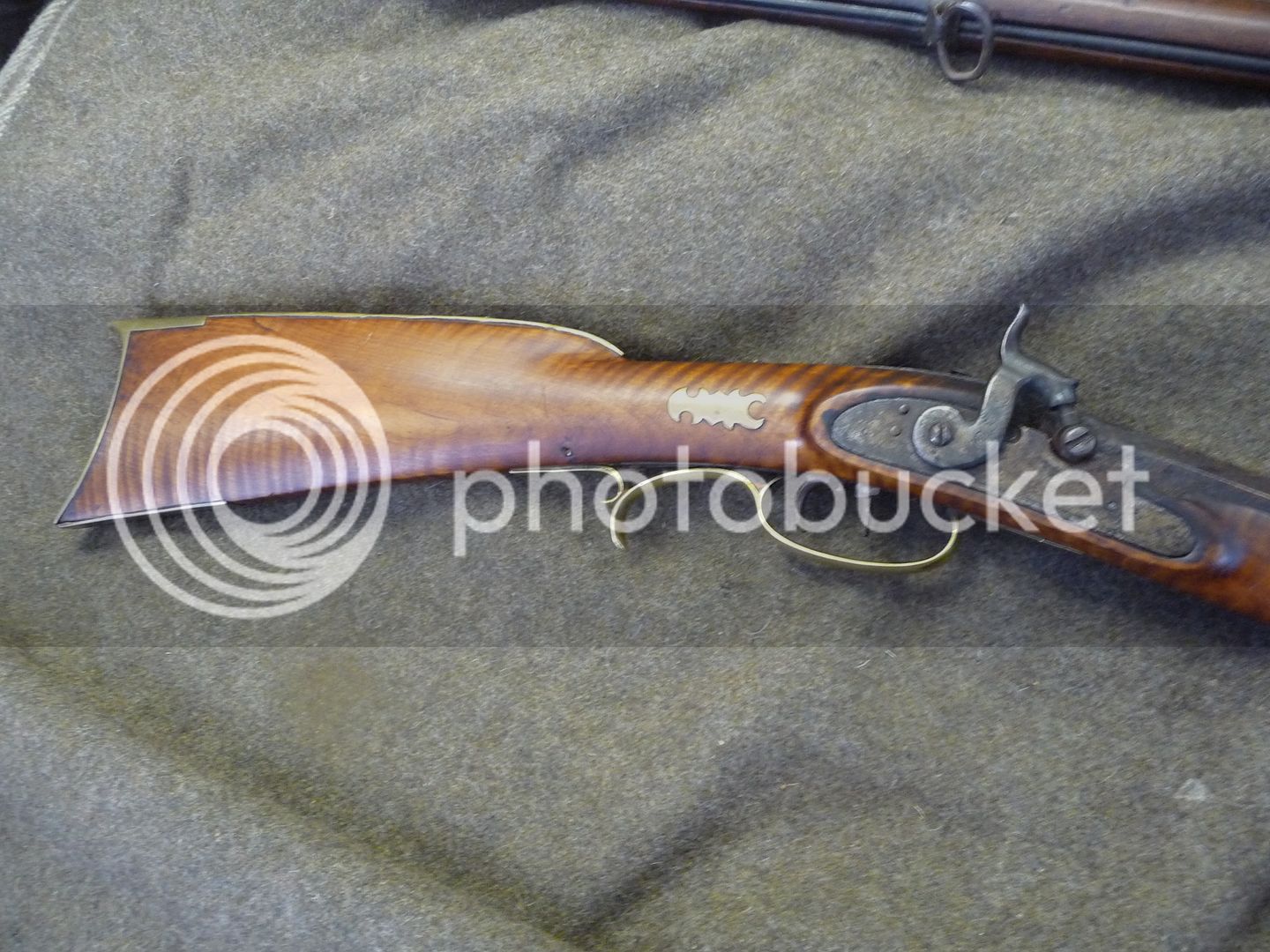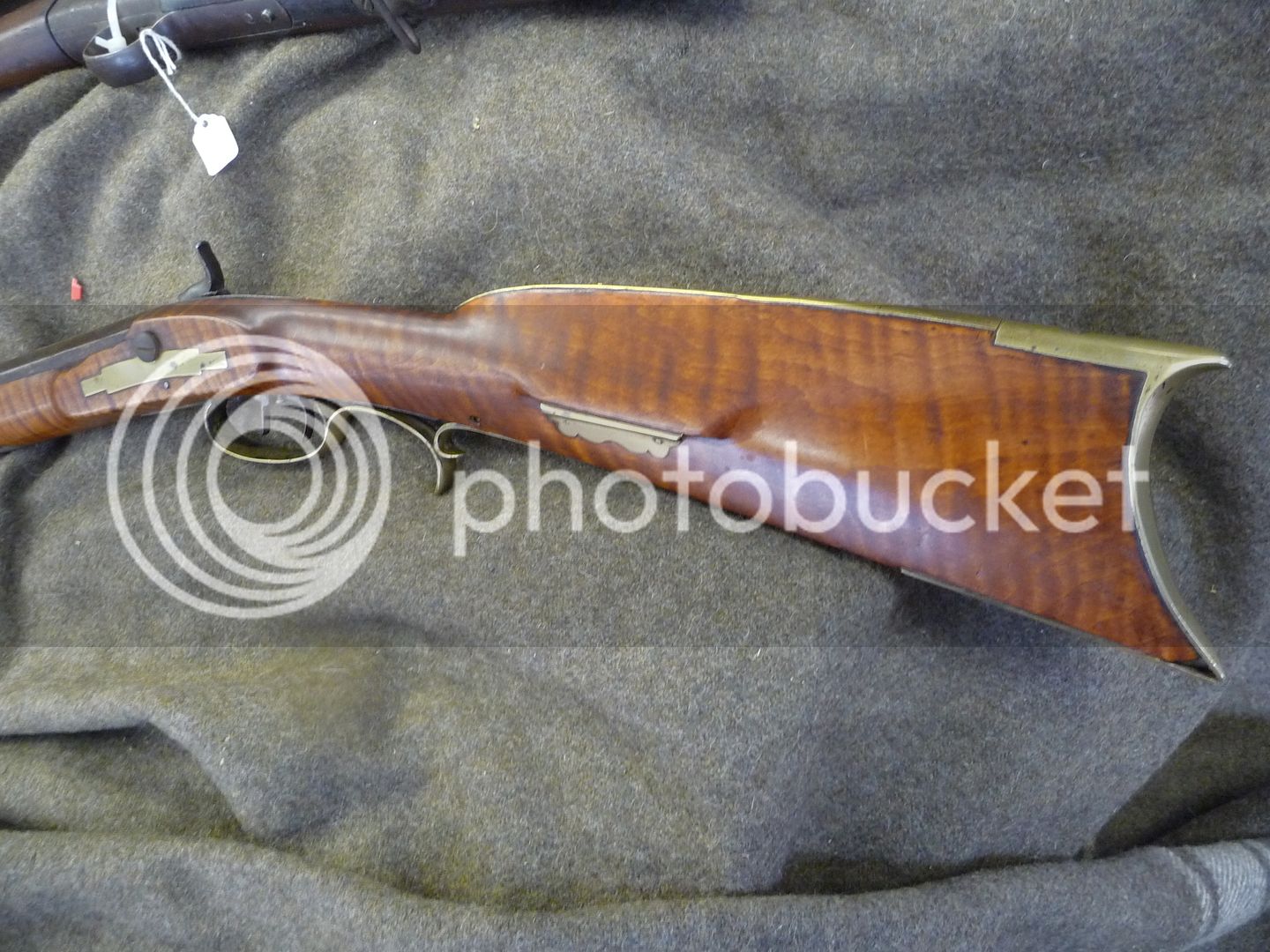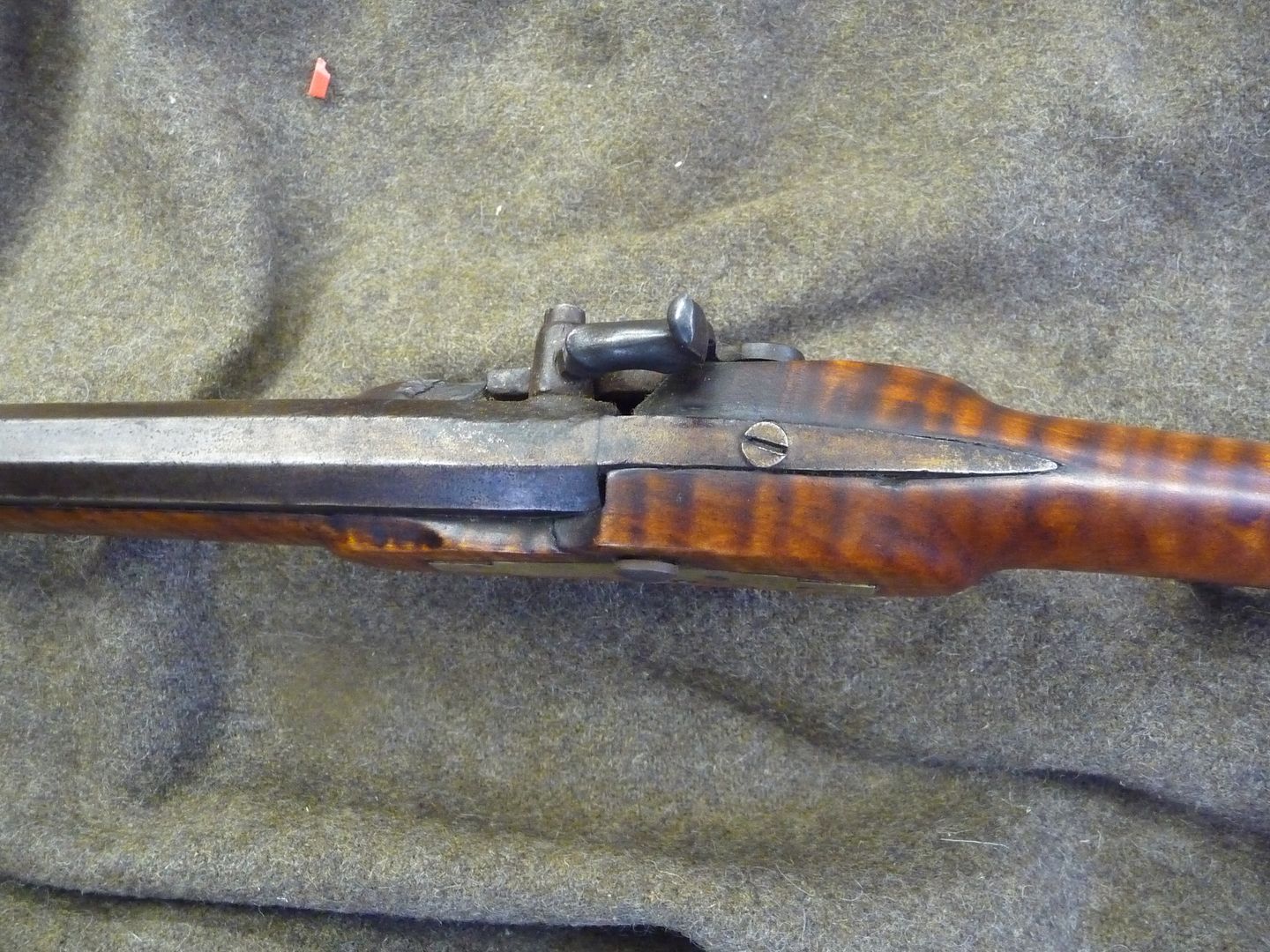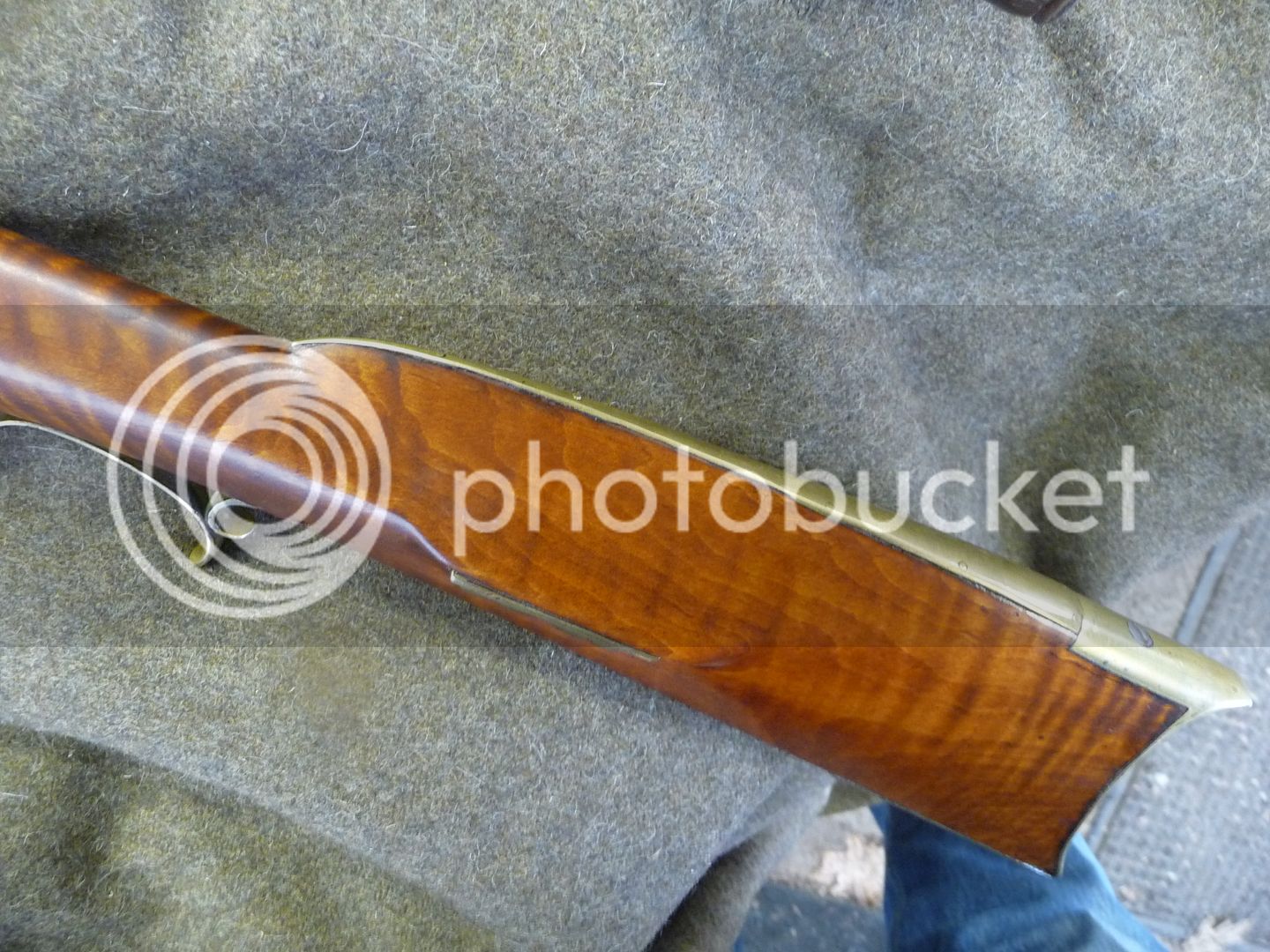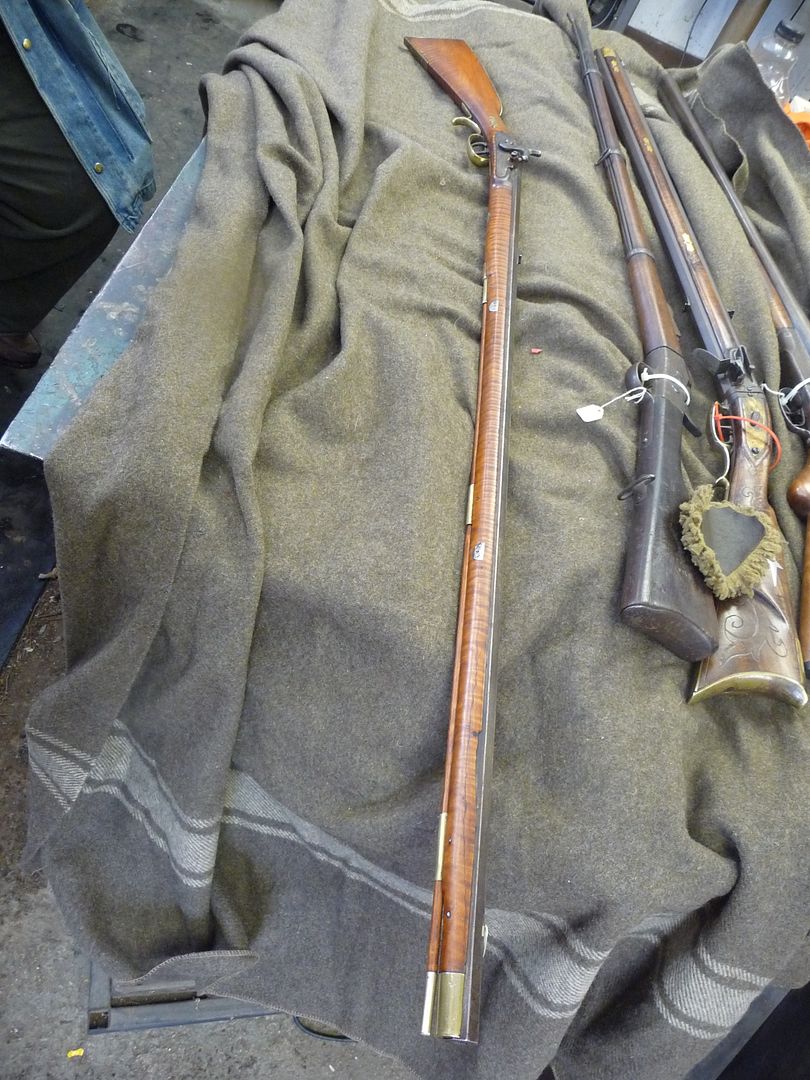-
This community needs YOUR help today. We rely 100% on Supporting Memberships to fund our efforts. With the ever increasing fees of everything, we need help. We need more Supporting Members, today. Please invest back into this community. I will ship a few decals too in addition to all the account perks you get.

Sign up here: https://www.muzzleloadingforum.com/account/upgrades -
Friends, our 2nd Amendment rights are always under attack and the NRA has been a constant for decades in helping fight that fight.
We have partnered with the NRA to offer you a discount on membership and Muzzleloading Forum gets a small percentage too of each membership, so you are supporting both the NRA and us.
Use this link to sign up please; https://membership.nra.org/recruiters/join/XR045103
You are using an out of date browser. It may not display this or other websites correctly.
You should upgrade or use an alternative browser.
You should upgrade or use an alternative browser.
Percussion Longrifle, Where Was It Made?
- Thread starter Captjoel
- Start date

Help Support Muzzleloading Forum:
This site may earn a commission from merchant affiliate
links, including eBay, Amazon, and others.
- Joined
- Feb 9, 2015
- Messages
- 3,032
- Reaction score
- 992
Sorry I can't answer your question, but I have one for you.
What is the barrel length of that rifle? :shocked2:
Respectfully, Cowboy :hatsoff:
What is the barrel length of that rifle? :shocked2:
Respectfully, Cowboy :hatsoff:
galamb
58 Cal.
Captjoel said:I know that it is often very difficult to determine where a rifle was made during the late percussion era. This one has me kind of stumped. Any help would sure be appreciated!
Well I'm going to toss one out there, and it just may be the first time you have ever got this response.
My guess is Texas.
And it's based on nothing more than the trigger guard - the style of which was popular with a few Texas builders - Hummel, Connelly and Mathis come immediately to mind.
However, given the holder for the vent pick just under the cheek piece, this gun may have originally been a flint (also because it's a full stock).
Also the comb line certainly looks more like something that would have come out of Pennsylvania long before the percussion era - so it may have been reworked more than once in a few different places - so I'm hedging (waffling) on my guess
The lack of a clearance cut in the stock for the cock and a single lock bolt indicates to me it was never flint. I don't understand the vent pick inlay under the cheek unless he intended it to carry a nipple pick. Actually that rifle could have been built anywhere and in the last 50 or so years. The style just looks too 1970's or later to me.
Thank you all for your reply's to my inquiry! The barrel is 42 inches long and 32 caliber. Graham, your idea's pointing to a Texas origin I find very fascinating! I was looking more at the Upper Susquehanna region in PA and perhaps areas of Ohio or Indiana but never considered Texas a possibility. I must have looked at over 1000 rifle pictures between my books and online and found just one identical matching trigger guard to my unsigned rifle. It was on a rifle made by William Barnhart from Ross County Ohio. Pictured in the KRA book "Kentucky Rifles And Pistols 1750-1850" on page 175. This Barnhart rifle shares nearly the same triggers as well as the guard, but is a "pill lock" with the strange hammer mounted in the barrel tang. Also not the same Roman nose profile. I'm inclined not to draw too many conclusions from percussion era brass furniture due to the common availability through most hardware stores during the time period. (of coarse, this guard is quite unique) I have yet to take the rifle apart and see if there are any markings on the barrel's undersides. Although this rifle is pretty plain and has been heavily cleaned, I really like the architectural lines of the stock and the nice curly maple. It has come through the many years intact and I would bet provided plenty of game to some frontier table.
galamb
58 Cal.
Here is three of the rifles (have a couple more examples) that the trigger guard led me to.
Two of them are Hummel's (a single and double keyed half stock being 50 and 56 cal) and the third is a 52 cal Connelly/Mathis half stock.
So at the very least, the trigger guard style was (maybe) popular in Texas (late 1840's into the 1850's)



Two of them are Hummel's (a single and double keyed half stock being 50 and 56 cal) and the third is a 52 cal Connelly/Mathis half stock.
So at the very least, the trigger guard style was (maybe) popular in Texas (late 1840's into the 1850's)



frogwalking
45 Cal.
- Joined
- May 6, 2013
- Messages
- 691
- Reaction score
- 4
That is a very nice rifle and in great condition. I too think it is old as modern percussion caps are non corrosive. How many grooves are in the bore? Old rifles usually have an odd number of grooves so the cutter can ride against a land on the other side. Most, but not all modern barrels have an even number of grooves. Post it on the American Longrifle site in the antique collection forum.
Just based upon appearance....I agree with you..the first thing that comes to mind is Upper Susquehanna....but Pennsylvania Longrifles are not an area in which I have great knowledge. Hopefully someone on the other forum will help you out.
curator
45 Cal.
- Joined
- Dec 28, 2004
- Messages
- 685
- Reaction score
- 126
The lines of the butt stock are often referred to as "Reading-school" or Berks County Pa. "roman-nose" style. The downward curve of the comb was typical of Western Pennsylvania in the post-revolutionary war period. Of course many gunsmiths copied this style and some moved west into the Ohio region and carried it with them.
I'm far from an expert, but that was my first impression, ohio,west virgina or Kentucky, a grain of salt goes well with my opinioncurator said:The lines of the butt stock are often referred to as "Reading-school" or Berks County Pa. "roman-nose" style. The downward curve of the comb was typical of Western Pennsylvania in the post-revolutionary war period. Of course many gunsmiths copied this style and some moved west into the Ohio region and carried it with them.
Makes me also wonder if its not a restock from mismatched parts.
Thank you everyone who chimed in with their idea's about this rifle. When it comes to these old work's I try to learn as much as I can from them. Sometimes I hit a dead end with the absence of markings or too many part variables that seem to point in all directions. Just like an old woman at times :grin: I can lose interest and change my mind about keeping something in my stable that I have exhausted my study upon. Very luckily, I had return options available with the seller of this rifle and opted to swap it for the swivel breech piece shown briefly in one of the pictures posted. A wise decision on my part IMHO! :hmm:
Gustavo Hoefs
40 Cal.
- Joined
- Dec 23, 2015
- Messages
- 162
- Reaction score
- 0
I do not know enough to offer an opinion here so I have two questions for the more informed. There seems to be some distortion on the breech area. Specifically the octagonal flat on the hammer side, is that corrosion, or intentional. There was mention of the trigger guard, nose portion comb etc. but I did not notice any comments about the tang being slightly longish and pointy or the but plate having a distinct pointyness to it.
Similar threads
- Replies
- 3
- Views
- 357
- Replies
- 4
- Views
- 432
- Replies
- 3
- Views
- 473




